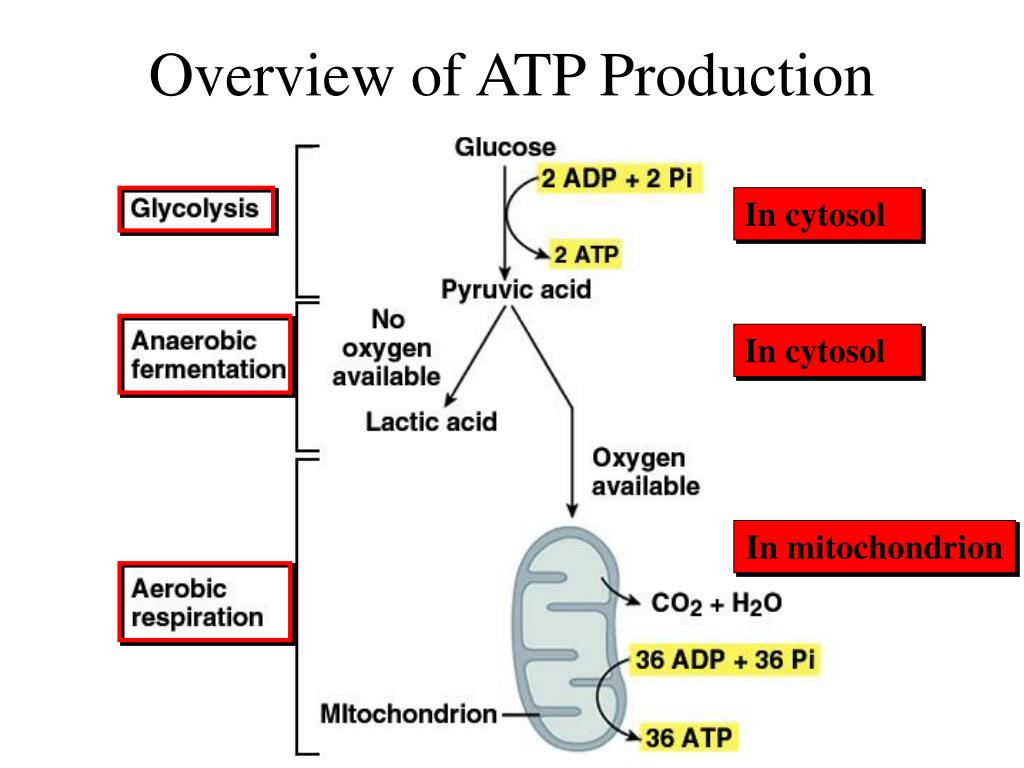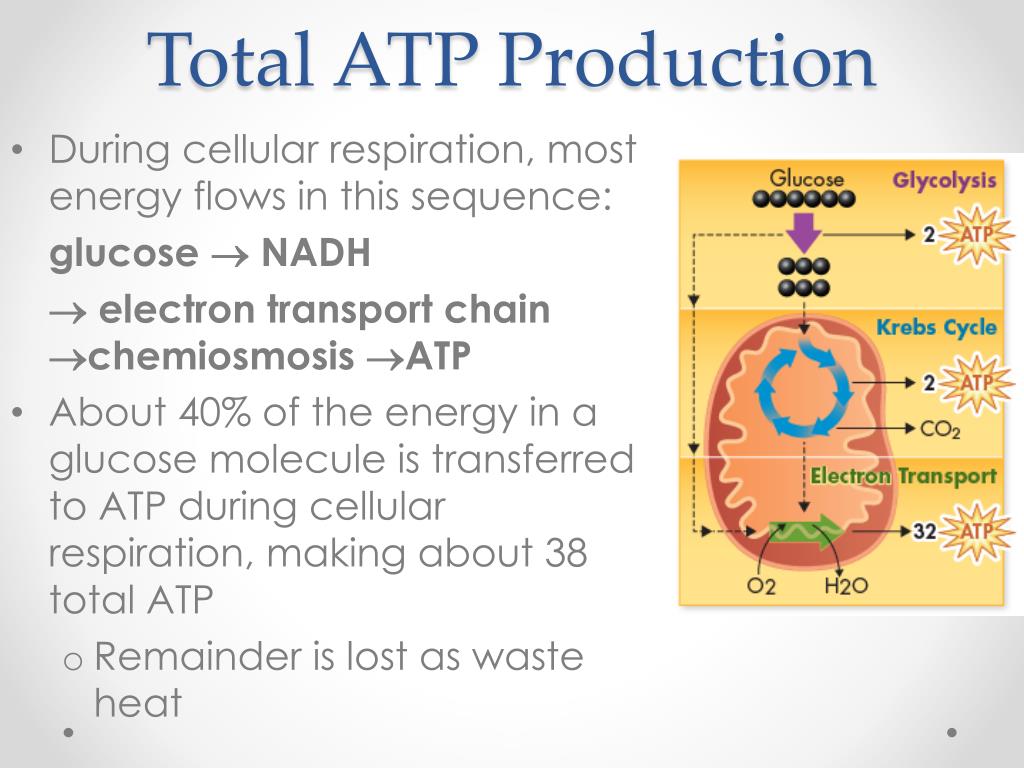


Now, let's clear something up right here. So if that pyruvate is converted into lactate, anaerobic glycolysis continues. It can be converted back to lactate and anaerobic glycolysis can continue, or that pyruvate can be shuttled into the mitochondria where it enters the Krebs cycle where it enters the oxidative system, what we'll talk about here in a second, the third energy system. Now, two things can happen to pyruvate once it gets to the end of anaerobic glycolysis. So with anaerobic glycolysis, what happens is that glycogen molecule or glucose molecule is put through it and the end product is something called pyruvate. So now you know why I really.I push carbs in my videos because that's really the only thing that can power anaerobic glycolysis. So another interesting thing about anaerobic glycolysis is glucose or glycogen, aka carbohydrates, is the only macronutrient that can be used during anaerobic glycolysis. So you think maybe a breakaway in cycling or a breakaway when you're running, or maybe just putting in a hard effort to get away from your competition. And again, anaerobic glycolysis really comes into play when you're exercising the harder efforts lasting a little bit longer than that six seconds. So the anaerobic glycolysis can provide energy anywhere from 30.I would say 30 seconds up to about 3 minutes. Now, anaerobic glycolysis can't produce ATP quite as rapidly as the ATP-PC system, but it can produce more and it can go on for a longer duration of time. Now, as exercise goes over that six-second mark which is pretty much all exercise except sprinting or maybe like a power movement in weightlifting, then your body will switch over to anaerobic glycolysis. And that's the best way to train the ATP-PC system. Well, not zero seconds, so probably more legitimately like 5 to 10 seconds and then take a really long rest and then repeat it again. Now, the best way to train and improve this is to go out and basically run as hard as you can, cycle as fast as you can, do whatever you're doing as hard as you can for about 0 to 10 seconds. So when you do these really, really hard efforts, that ATP is depleted pretty quickly but still having some left over for basic cellular to function. The body can only store about 80 to 100 grams of ATP, and on top of that, you can't deplete ATP stores completely because it's required for survival. So very rapid ATP production like Green sprinting but really can't last that long, and here's why. It can provide enough energy to maybe fuel exercise for zero up to about six seconds. Now, the ATP-PC system can provide rapid amounts of energy but does not last very long. And where the creatine phosphate comes in is it donates this phosphate group to ADP to reform ATP. And what happens during this process is ATP is broken down to provide energy and then you're left with something called ADP. So let's just jump right into this and get at it. Now, the differences between these systems in a nutshell is how fast they can produce ATP, how long they can provide that ATP for, and then how much ATP it can produce. Two of these are anaerobic in nature, meaning they require no oxygen, and then one does require oxygen to function. So there are three energy systems in the body that produce ATP during exercise. Without it, you can't function, is basically my main point here. Everything we do requires ATP, from moving our fingers, to wiping your butt, to going out and running, cycling, throwing a spear, jumping through fire, swimming, triathlons, what am I forgetting? I don't think. Now, I want you to think of ATP as our cellular energy currency. We're gonna tell you what ATP is, the different energy systems in the body that produce ATP, and then the best way to train these systems to make you a better endurance athlete. Matt Mosman, the endurance guru here today to talk to you about ATP. So the point is you better be down with ATP because without it, you cease to exist.
#Atp production how to
EndurElite Chief Endurance Officer Matt Mosman discusses what ATP is, what energy systems in the body produce it, and how to train those systems to improve endurance performance.


 0 kommentar(er)
0 kommentar(er)
